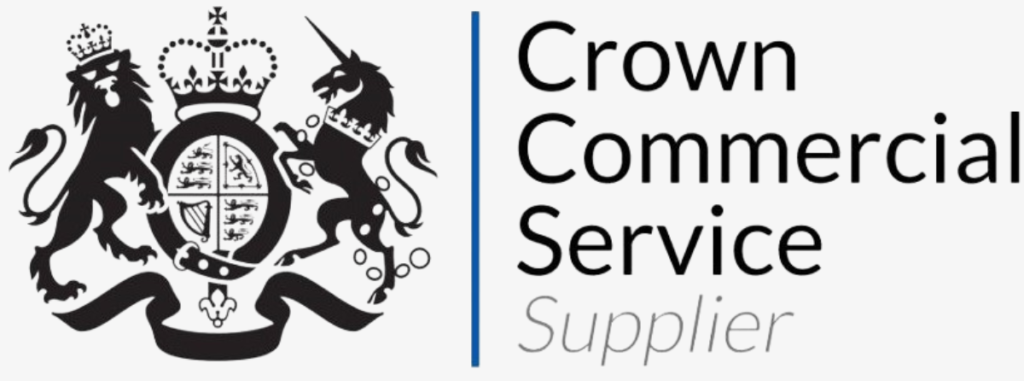
HaloITSM Guides
Documentation to assist with the setup and configuration of the HaloITSM platform
Charts and Graphs in Reports
In this guide we will cover:
- Adding a Chart
- Displaying Charts in Scheduled Reports
- Types of Chart
- Trendlines
- Labels
Admin Guides:
Related Guides:
Using the graphing function can provide powerful visual insight into a particular part of your business. Below is an example for a yearly report, showing tickets logged month by month. This shows the increasing volume of tickets over June and the tail off beyond thus allowing presentation of this data to others.
This guide will cover adding a chart to a report, sending that out via email and explaining the types of chart and examples of uses.
Adding a Chart
Almost any report can have a graph added to it. In the reporting suite, select the report you wish to add a chart to.
Click Edit in the top left and select "Chart Setup".
Fig 1. Chart Setup area.
Select the relevant fields for the X and Y axes (which are the bottom and side respectively) and whether you wish to Count or Sum the Y values by the checkboxes.
Fig 2. Chart Setup configuration.
Click "Preview Chart" and adjust as necessary.
Fig 3. Preview Chart button and the created chart.
When you're finished, click "Next" at the bottom and "Save" at the top of the inner window. The chart is now saved and will display at the top of the report preview and can be configured to send in scheduled reports.
Customising Chart appearance
Once you have created your chart to display the data you require, you can customise how this looks. There are various settings on the chart setup screen that allow you to do this.
Show trendline - When enabled will show a trendline for the chart data.
Show data labels - When enabled will show the numerical values for each data entry making up the chart
Format data labels as currency (v2.162+) - When data labels are enabled you can enable this setting to have the labels be formatted as currency. You will be able to choose the currency symbol used. The thousands and decimal separators used here will depends on the separators configured in your advanced settings.
You can also set the colour palette used for the chart using hex colour codes. You will need to specify the code of each colour you would like to use, separating the codes using a comma.
Displaying Charts in Scheduled Reports
In the "Scheduling" tab, click the Add button to schedule a report.
Fig 4. Scheduling tab.
Select "Include PDF Report".
As long as the PDF template you are using has $-REPORTCHART within the HTML, the chart will show if it is configured on the report. This variable is included by default unless removed.
Types of Chart
There are a few chart types in Halo which can be used for different displays of data or are more useful for showing different interpretations of many series of data.
For the following examples, this is the data set - tickets logged each month by channel. The single series charts in these examples use just the total tickets column, the multiple series separate by channel.
Fig 5. Report data.
Bar Chart
These are good for discrete data i.e. ticket counts in a given date range or income per section per month.
Fig 6. Bar Chart.
Horizontal Bar Chart
These are also good for discrete data as another layout option to a bar chart.
Fig 7. Horizontal Bar Chart.
Pie Chart
These are good for data where you need an idea of proportions or percentages of different sets - i.e. tickets closed by each agent.
Fig 8. Pie Chart.
Line Graph
These are good for seeing trends in data, links columns with lines to show inclination or declination. They are also great for time based comparisons of changing data i.e. tickets opened per week.
Fig 9. Line Graph
Area Graph
This is similar to the Line Graph with more definition in the lower portion, filling the area between the line and the X-axis.
Fig 10. Area Graph.
Funnel Chart
Often used in Sales contexts, this is another visual data representation.
Fig 11. Funnel Chart.
Multiple Series Chart
These are used to show many series of data on a single chart. At a glance here, we can compare each channel where tickets have been logged each month. The option "Stack Bars" is available to have these one on top of each other, but unchecked will show them separately like below.
You can combine types of chart together, i.e. you can overlay a line graph over a bar chart.
Fig 12. Multiple Series Chart with bar charts.
Doughnut/Donut Chart
Similar to a pie chart, so therefore also useful for instances such as counting tickets per agent.
Note: These are not available for use on scheduled reports.
Fig 13. Doughnut Chart/Donut Chart.
RAG Chart
You can specify multiple y-axis, then set up thresholds for each color in the "Color Thresholds" table and name them (which will appear underneath). I set the threshold for High as over 10, and Low as over 0.
Fig 14. RAG Chart.
Trendlines
You can add trendlines to bar, line and area graphs within your reports. In the "Chart Setup" tab, you can enable "Show trendline".
Fig 15. Show trendline checkbox.
The chart will then appear like the below.
Fig 16. Line Graph with a trendline.
Labels
As of v2.184.1, you can choose the label types for pie and doughnut charts. If "Label display type" is set to "Legend", the pie chart will show the values as a colour-coded list on the side.
Fig 17. Legend pie chart.
If set to "Annotation", it will show the labels against the segment. You can also then enable "Show data labels" underneath to show the counts in brackets next to them.
Fig 18. Annotation pie chart.
Popular Guides
- Asset Import - CSV/XLS/Spreadsheet Method
- Call Management in Halo
- Creating a New Application for API Connections
- Creating Agents and Editing Agent Details
- Departments and Teams
- Halo Integrator
- Importing Data
- Multiple New Portals with different branding for one customer [Hosted]
- NHServer Deprecation User Guide
- Organisation Basics
- Organising Teams of Agents
- Step-by-Step Configuration Walk Through



